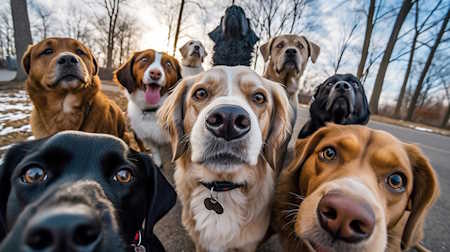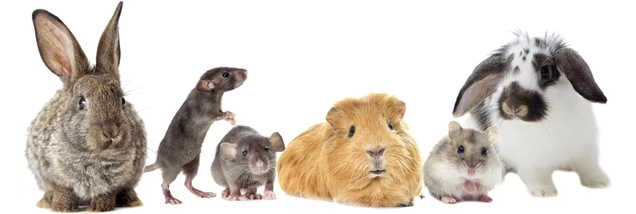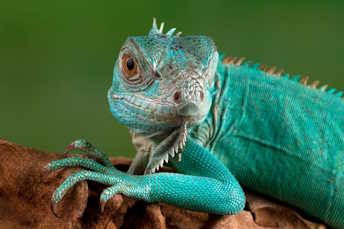Nourishing Your Scale-Bearing Friends: Foods You Should Keep Away From Your Snake
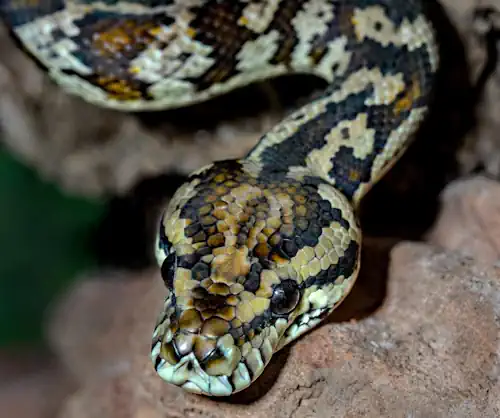
Slither, burrow, and occasionally hiss – these are the telltale signs of our often misunderstood companions, snakes. For snake enthusiasts and keepers, caring for these sinewy friends is an exercise in diligence, particularly when it comes to their diets. In this comprehensive guide, we’ll explore the intricacies of snake nutrition, focusing on a critical aspect of their care – knowing what’s on the no-fly list in the culinary world of reptiles.
A Serpent’s Menu: The Basics Of Pet Snake Nutrition
To recognize what’s bad for your slithery friend, it’s crucial to first understand what’s good for them. Snakes are obligate carnivores, meaning their diets comprise exclusively animal-based sustenance. Typically, snake diets can be whittled down to three primary sources of nutrition: rodents, birds, and eggs. This specialized diet is the result of millions of years of evolution, fine-tuning snakes to rely on prey that provides them with the essential nutrients they need to survive and thrive.
The Role Of Variation In A Snake’s Health
Just as it is for us, variety is the spice of life for snakes when it comes to their food. A singular prey item might not suffice. Instead, a rotation and mix of different kinds of food mirror the varied diet they would encounter in the wild. This provides a diverse range of nutrients, supporting their immune systems, growth, and overall health.
The Essence of Hydration in Serpent Care
While we’re deeply focused on what our scale-bearing buddies eat, it’s just as crucial to talk about their drinking habits. Water plays an indispensable role in the health and well-being of snakes, just like it does for us. Ensuring they have constant access to fresh, clean water not only aids in their overall hydration but also supports vital bodily functions such as digestion and shedding.
A well-hydrated snake is generally a healthier, more active, and happier creature. Remember, their water dish serves a dual purpose, providing hydration and occasionally, a makeshift spa for them to soak in, which helps with shed consistency. Like many other items, the size of the water bowl needs to be adjusted as your pet snake grows.
Dangerous Dishes: Foods That Are Toxins To Pet Snakes
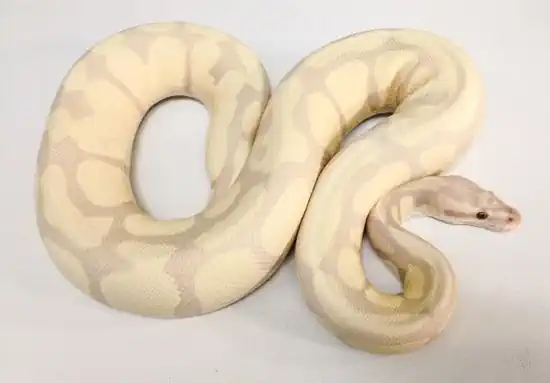
Not all foods are created equal, especially in the world of snake nutrition. Unfortunately, there are several delicacies humans might enjoy that could spell disaster for our limbless patients. Here are some unhealthy items to keep on your watch list:
Furry Offerings: The Dangers of Overfeeding on Hair
For snake keepers who provide whole animals like rodents as food, one crucial consideration is the fur. While not toxic, over consumption of fur can lead to potentially life-threatening conditions such as gastrointestinal impaction. In essence, excessive fur intake can create a blockage in the snake’s digestive system, preventing the passage of food and resulting in severe discomfort and malnutrition.
Nutrition Hoaxes: Foods That Deceive
Certain human foods, when offered to snakes, might appear harmless but are insidiously detrimental. Dairy products, for instance, are no-go food items. Due to the absence of the lactase enzyme, snakes can’t adequately digest milk, which could lead to gastrointestinal distress.
Under-cooked Ideas: Misinformation About Snake Diets
A notable inclusion in this category is the misunderstanding of a snake’s ability to digest a variety of meats. Snakes are particular. They require lean meats akin to what they’d consume in their natural habitats. Feeding them fatty or heavily seasoned cuts intended for human consumption is unhealthy and not recommended.
Fun but Foolish
It is very tempting to want to offer other food items like fish, frogs, toads, rats, lizards, rabbits, and insects. These are typically not items our pets would eat in the wild and in general they would most likely ignore these offerings. However, if they should happen to eat these tempting treats it could be bad news these pets.
Feeding Finesse: Developing a Balanced Regimen
Crafting a nutritious menu for your scaled pet calls for precision. Here are some practical tips for maintaining a balanced diet to keep your snake healthy and happy.
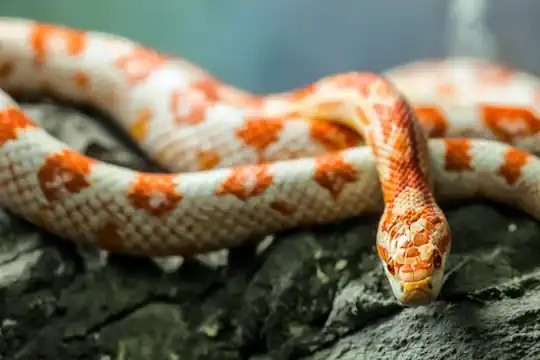
Portion Control with Precision
When offering food to your snake, it’s vital to provide portions that are proportionate to the size and species of your pet. Offerings that are too large can lead to regurgitation, while meals that are too small might not meet their caloric needs, risking malnutrition.
The Palate Of Diversity
Don’t be a monotonous chef for your snake. Rotate between different prey items, and if possible, vary their size and type to ensure a full spectrum of nutrients. It’s like an all-you-can-eat buffet in the wild, but carefully curated to match the snake’s dietary needs. Your local pet store should have a good variety of whole prey and other options to feed to your pet snakes.
A Snake Vet Is Your Best Bet
When in doubt, consult a veterinarian who specializes in reptiles. They can offer tailored advice and guide you on the optimal choices for your snake’s diet. Each snake is as unique as its eventual shed skin, and professional guidance can make all the difference.
A Digestible Summary
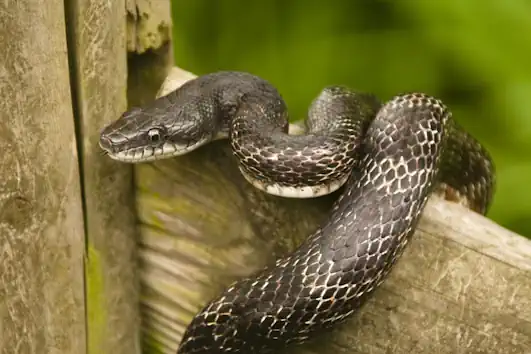
Ensuring your reptilian friend’s diet is the veritable cream of the crop is one of the most significant responsibilities of a snake guardian. By understanding the dietary don’ts and dos, pet owners can offer a life full of rich, nutritional experiences for their slithery charges. Remember, the excellence of a snake’s life lies in the details of its care.
Frequently Asked Questions (FAQs)
Can snakes eat fruits or vegetables?
No, snakes are obligate carnivores, meaning their diet strictly consists of meat. Fruits and vegetables do not provide the essential nutrients snakes need and are not digested properly, hence should not be included in their diet. They have high levels of sugar and the fat content is harmful for pet snakes.
How often should I feed my snake?
The frequency of feeding varies greatly depending on the age, size, and species of the snake. Generally, juvenile snakes require more frequent feedings, such as once a week, while adult snakes may only need to eat every two to three weeks. It’s important to observe your snake and adjust as necessary, and when in doubt, consult a reptile veterinarian.
Is it okay to feed live prey to my pet snake?
While feeding live prey is closer to a snake’s natural hunting instincts, it’s generally recommended to feed them pre-killed or previously frozen prey (must be thawed). This is for the safety of the snake, as live prey can injure the snake during the feeding process.
Why did my snake refuse to eat its meal?
There can be several reasons why a pet snake might refuse a meal, including stress, illness, inadequate cage conditions, or simply because it’s not hungry. If refusal to eat persists, it might be best to consult with a reptile veterinarian to rule out any health issues.
How do I know if I’m feeding my snake the right amount?
A good rule of thumb is to feed your snake prey that is about as thick as the snake’s body at its widest point. This typically ensures the prey is neither too big (which could cause regurgitation or choking) nor too small (which might not satisfy their nutritional needs). Observing your snake’s health, weight, and behavior over time can also help you adjust the portion sizes as needed.
Remember, the well-being of your serpent buddy heavily relies on your attentiveness to its dietary needs. Don’t hesitate to reach out to a vet for advice, especially when introducing any significant changes in diet or feeding practices.
